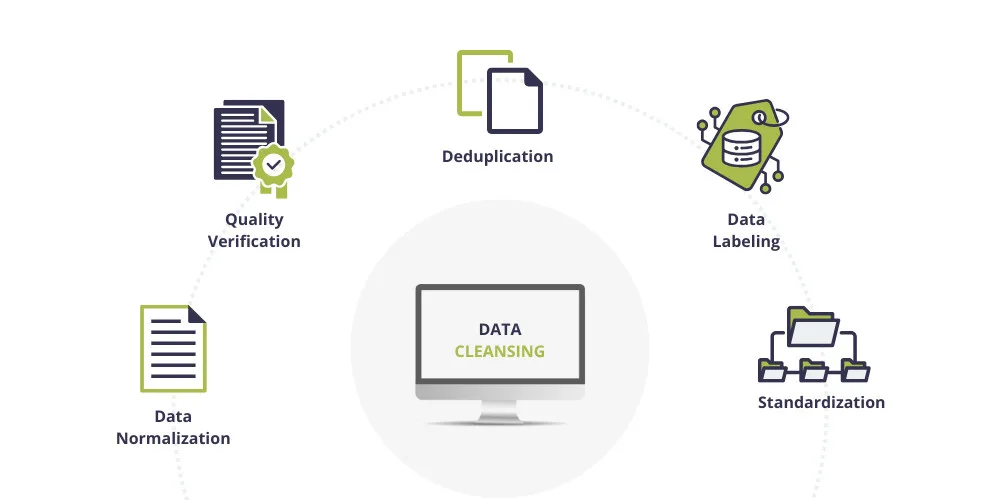At the heart of critical operations in our modern society, whether it’s energy distribution, air traffic management, urban security, or IT network monitoring (NOC/SOC), lies the control room. This nerve center is where high-stakes decisions must be made quickly, often under pressure, and based on real-time information.
In recent years, however, these command centers have been facing a growing challenge: a massive surge in the volume of data generated by sensors, IoT systems, video feeds, system logs, and various digital sources. This is precisely where Artificial Intelligence (AI) comes into play. Far from being a passing trend, AI, and more specifically, AI-driven data analysis, is becoming an essential tool for transforming raw data into strategic advantage.
This article explores how AI is revolutionizing data analysis in control rooms, the tangible benefits it delivers, and the key challenges to address, especially when dealing with complex data environments.
Traditionally, control rooms are equipped with video walls and operator consoles that centralize vast amounts of critical operational information. Data is collected from sensors, cameras, operational databases, servers, radio and phone communication systems, SCADA systems, and increasingly from connected devices (IoT and IIoT).
The challenge today lies in the sheer volume and speed at which this heterogeneous data is acquired. Even the most experienced human operators, supported by traditional tools, struggle to manage:
This information overload can lead to cognitive saturation, increasing the risk of errors, omissions, or delayed responses. Conventional dashboards, while helpful, often provide a static or rule-based view that falls short in capturing the dynamic complexity of modern systems.
To fully harness the potential within this overwhelming data landscape, an AI-driven approach has become not just beneficial, but necessary.
AI-based data analysis refers to the application of artificial intelligence algorithms, particularly machine learning and deep learning, to extract insights, reveal correlations, predict future events, and classify information from large and diverse datasets. Unlike rule-based systems, AI learns patterns directly from the data.
A typical AI data analysis pipeline includes:
1. Data Collection
Gathering relevant data from all available sources, regardless of type: sensors, logs, video streams, operational databases, and more.
2. Data cleaning and preparation
This critical, and often most time-consuming, step ensures data quality. It involves handling missing values, correcting errors, eliminating duplicates, standardizing formats, and transforming raw data into formats suitable for AI models. Without rigorous cleaning, AI outputs can be skewed or outright misleading.

3. AI-Based Analysis
Once the data is ready, different AI models can be applied:
Classification: Automatically categorize alerts by priority or type
Prediction: Anticipate future events such as equipment failure, network congestion, or load spikes
Clustering: Group similar events or patterns to uncover hidden trends
Insight Generation: Convert model outputs into actionable insights that answer questions like: “What’s the issue?”, “What’s the likely cause?”, “What actions are recommended?”, this is where real value emerges.
4. Data visualization
Effective visualization translates complex information into intuitive, graphical formats—customizable dashboards, contextual alerts, etc. In control rooms where speed of understanding is critical, display systems must be top-tier. Good visualization is the bridge between AI’s power and human decision-making.
AI-enhanced data analysis delivers significant and measurable benefits in control room environments:
These advantages help optimize operations, reduce operator training time, and lessen dependency on scarce human expertise.
Integrating AI-driven analytics into mission-critical control room environments brings its own set of challenges, all of which must be carefully managed:
The Big Data era has turned control rooms into information-saturated nerve centers. AI-powered data analysis is emerging as a powerful technological response—transforming massive, complex data flows into clear, actionable insights. The benefits—ranging from proactive monitoring to operational efficiency, security, and smarter decision-making—are redefining what excellence looks like in critical operations.
By acting as an augmented brain for operators, intelligent data processing via AI empowers faster, more accurate, and more confident decisions.
Yet, deploying AI in these environments isn’t without challenges. Data security, information quality, algorithm transparency, and human adaptability are non-negotiable pillars that must be addressed with care. The future will undoubtedly see deeper AI integration—bringing more autonomous, capable systems.
Ultimately, the success of AI-driven data analysis will hinge not just on the sophistication of its algorithms, but on our ability to build ecosystems that complement and enhance human intelligence.

Copyright © 2025. MOTILDE. All rights reserved.